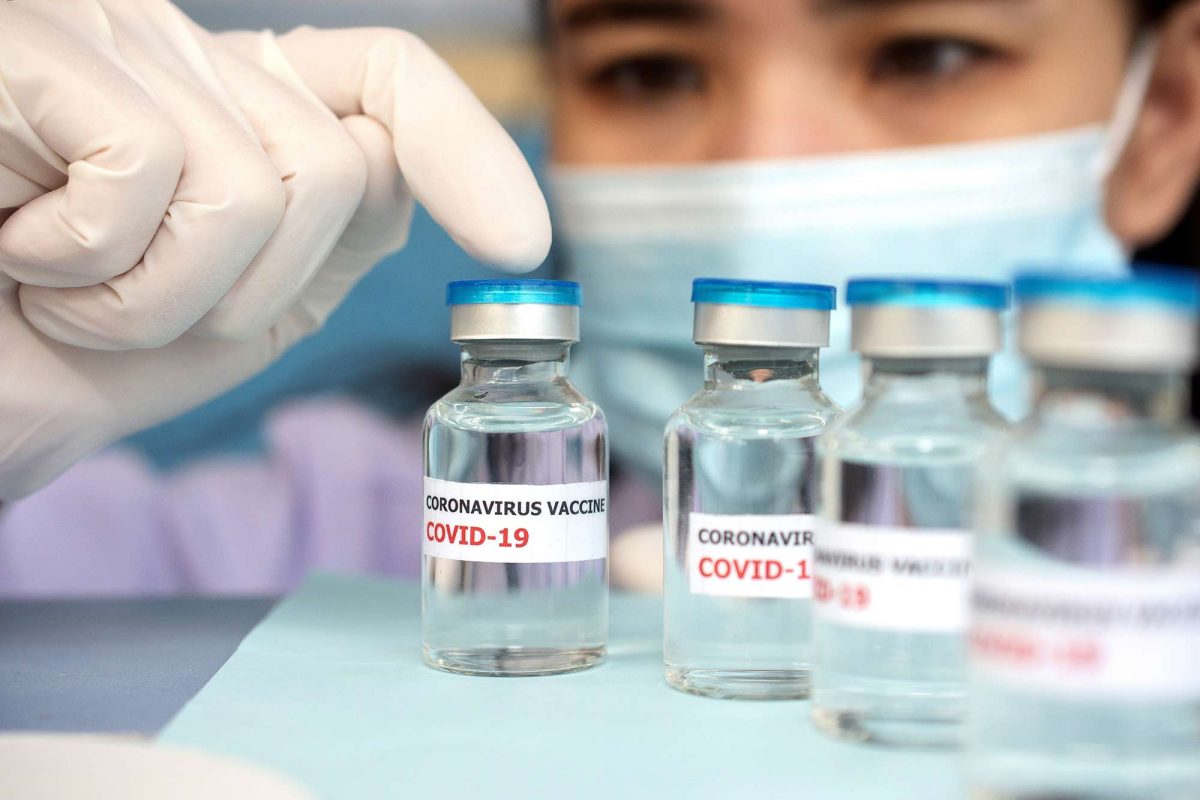A new study reveals key differences in immune responses from inactivated SARS-CoV-2 and spike mRNA COVID-19 vaccines.
While both protect from severe disease, inactivated SARS-CoV-2 and spike mRNA COVID-19 vaccines trigger different T-cell responses.
Although the total magnitude of the T-cell responses induced by mRNA and inactivated SARS-CoV-2 vaccines are comparable, the similarity ends there. This is according to a new study led by scientists from Duke-NUS Medical School. They discovered that the inactivated vaccines, which expose the immune system to the entire non-viable virus, elicit a broad immune response against different proteins on the virus. The findings, which were recently published in the journal Cell Reports Medicine, add to the growing literature that will help researchers improve vaccine strategies for an ever-changing virus.
“Inactivated SARS-CoV-2 vaccines were used extensively in Asia, but are often considered inferior due to their induction of a lower antibody response compared to other types of vaccines,” said Dr. Anthony Tanoto Tan, senior co-author of the study. “This means that they might not have been as good at preventing infection, but several studies have shown that they are highly capable of thwarting the development of severe COVID-19.” Tan is a Senior Research Fellow with the Duke-NUS’ Emerging Infectious Diseases (EID) Program.
Four COVID-19 vaccines are approved or authorized in the United States by the FDA: Pfizer-BioNTech, Moderna, Novavax, and Johnson & Johnson’s Janssen (J&J/Janssen). Pfizer-BioNTech and Moderna are Messenger RNA (mRNA) vaccines. Novavax is a protein subunit vaccine. J&J/Janssen is a vector vaccine.
In the research, the team of scientists compared the T-cell immune response in blood samples from people who received inactivated SARS-CoV-2 and spike mRNA vaccines. While mRNA vaccines can only induce T cells targeting SARS-CoV-2’s spike protein, which contains numerous mutations in the Omicron variant, the inactivated vaccines stimulated a broad T-cell response not only against the virus’s spike protein, but also the membrane and nucleoprotein that has much fewer mutations in Omicron.
“This combination of membrane, nucleoprotein, and spike-specific T-cell response is quantitatively comparable to the sole spike T-cell response induced by the mRNA vaccine. It also effectively tolerates the mutations characterizing the Omicron lineage,” said Ms. Joey Lim Ming Er, first author of the study and a second-year student PhD with the Integrated Biology and Medicine PhD track at Duke-NUS.
However, unlike the mRNA vaccines, the inactivated virus vaccines did not appear to trigger cytotoxic CD8 T cells known for their ability to kill virus-infected cells. They mainly stimulated a type of T cells called CD4 T helper cells. When these T cells recognize a viral antigen, they release chemicals, called cytokines that help the activation of other types of immune cells, hence their name.
Senior author of the study Professor Antonio Bertoletti from Duke-NUS’ EID Program said: “The Omicron variant can effectively evade antibody neutralization, moving the evaluation of vaccination efficacy away from preventing infection and towards ameliorating disease. T cells are likely to play a more important role in this compared to antibodies, due to their ability to target virus-infected cells.
“Since inactivated SARS-CoV-2 vaccines can generate T cell responses towards other viral proteins, this more heterogenous response could be beneficial, in comparison to the current Spike targeting strategy of other vaccines. However, larger studies are needed to clarify the impact of these T cells responses in SARS-CoV-2 pathogenesis to better design vaccines for controlling severe COVID-19 after infection by Omicron or future variants.”
To dig deeper into the implications of the different T-cell responses, the scientists called for further research with larger numbers of participants, to compare the ability of the multi-protein CD4 T-cell response induced by inactivated virus vaccines with that of the single spike protein coordinated CD4 and CD8 T cell response induced by mRNA vaccines to ameliorate COVID-19 disease severity.
Reference: “A comparative characterization of SARS-CoV-2-specific T cells induced by mRNA or inactive virus COVID-19 vaccines” by Joey Ming Er Lim, Shou Kit Hang, Smrithi Hariharaputran, Adeline Chia, Nicole Tan, Eng Sing Lee, Edwin Chng, Poh Lian Lim, Barnaby E. Young, David Chien Lye, Nina Le Bert, Antonio Bertoletti and Anthony T. Tan, 5 October 2022, Cell Reports Medicine.
DOI: 10.1016/j.xcrm.2022.100793
Share your story or advertise with us: Whatsapp: +2347068606071 Email: info@newspotng.com









